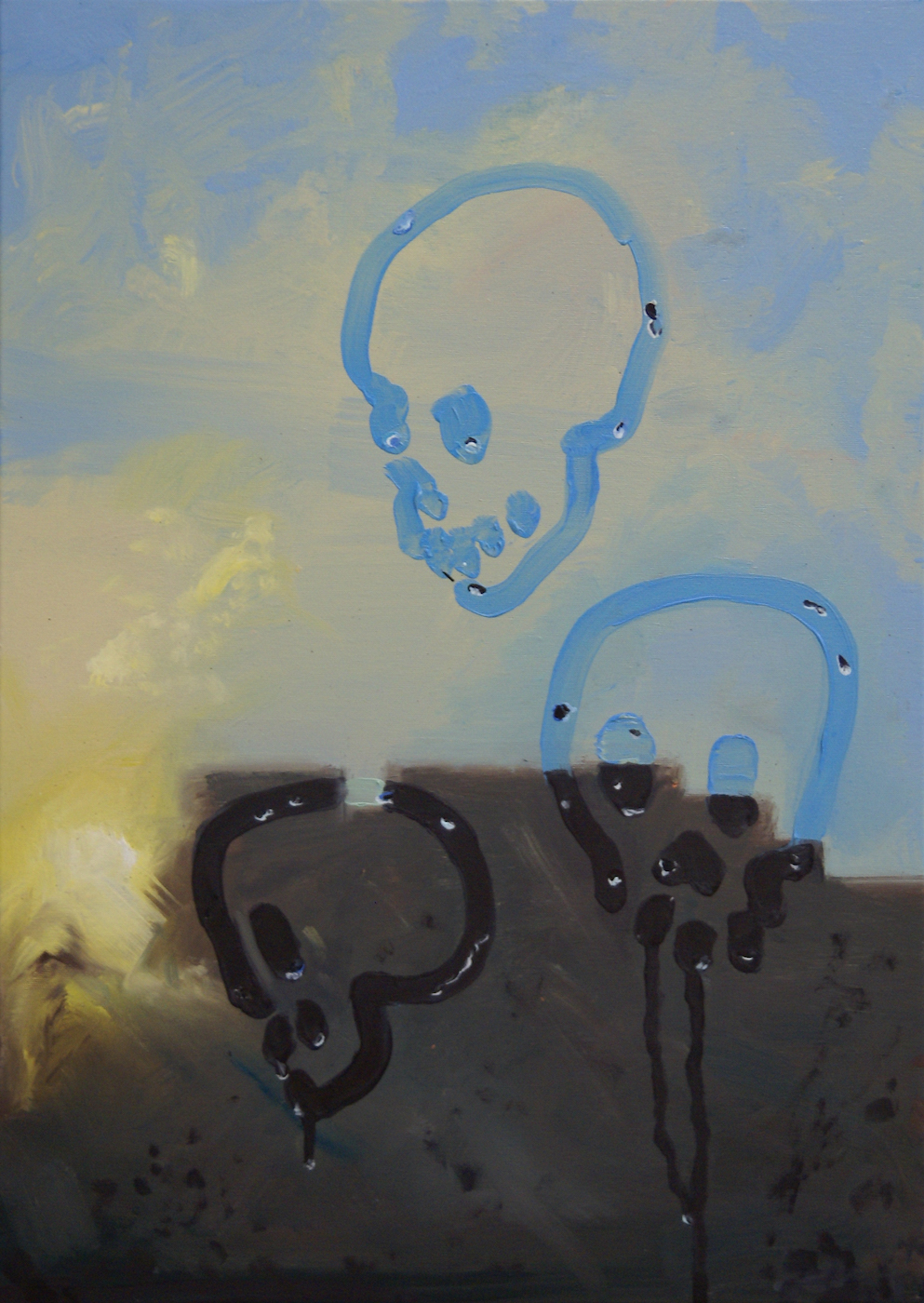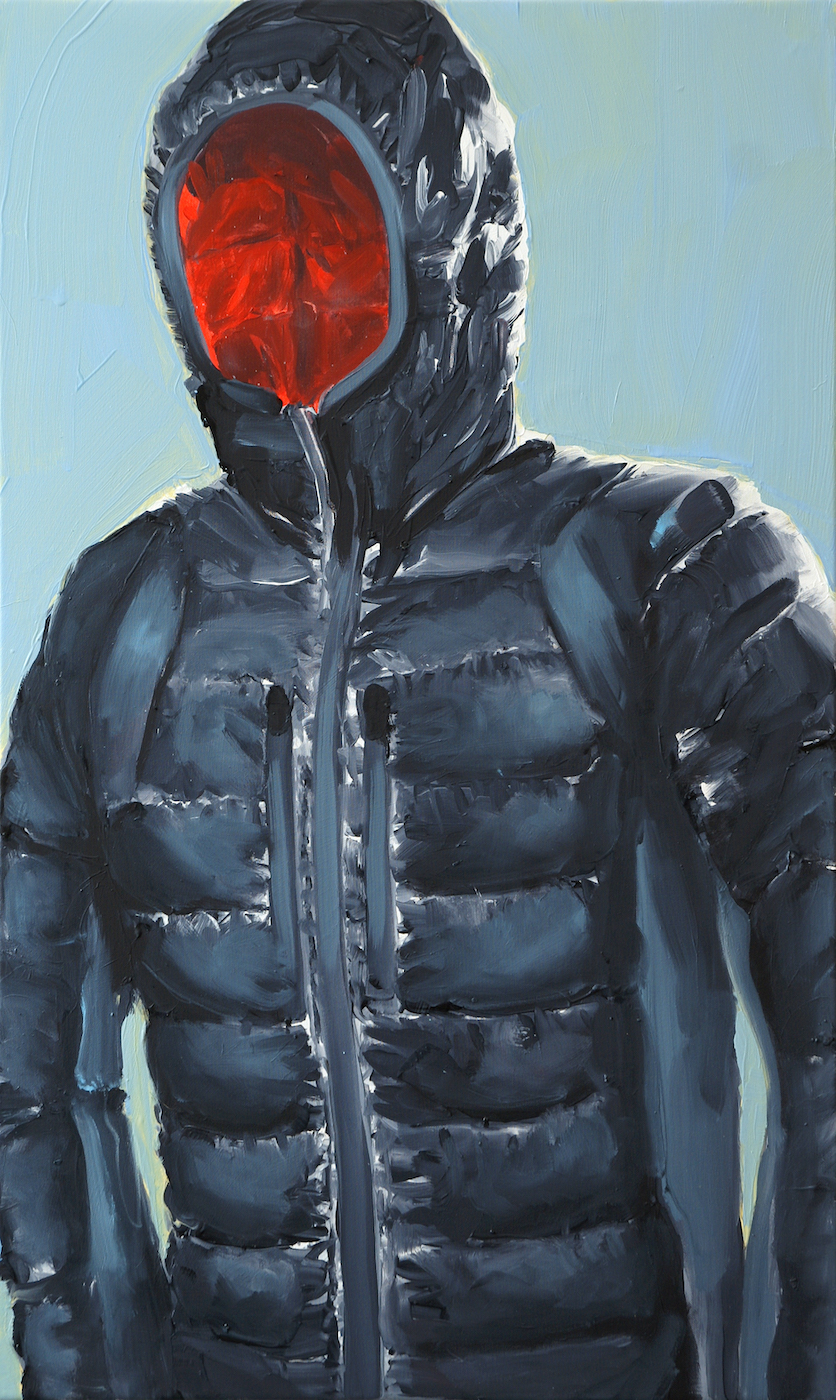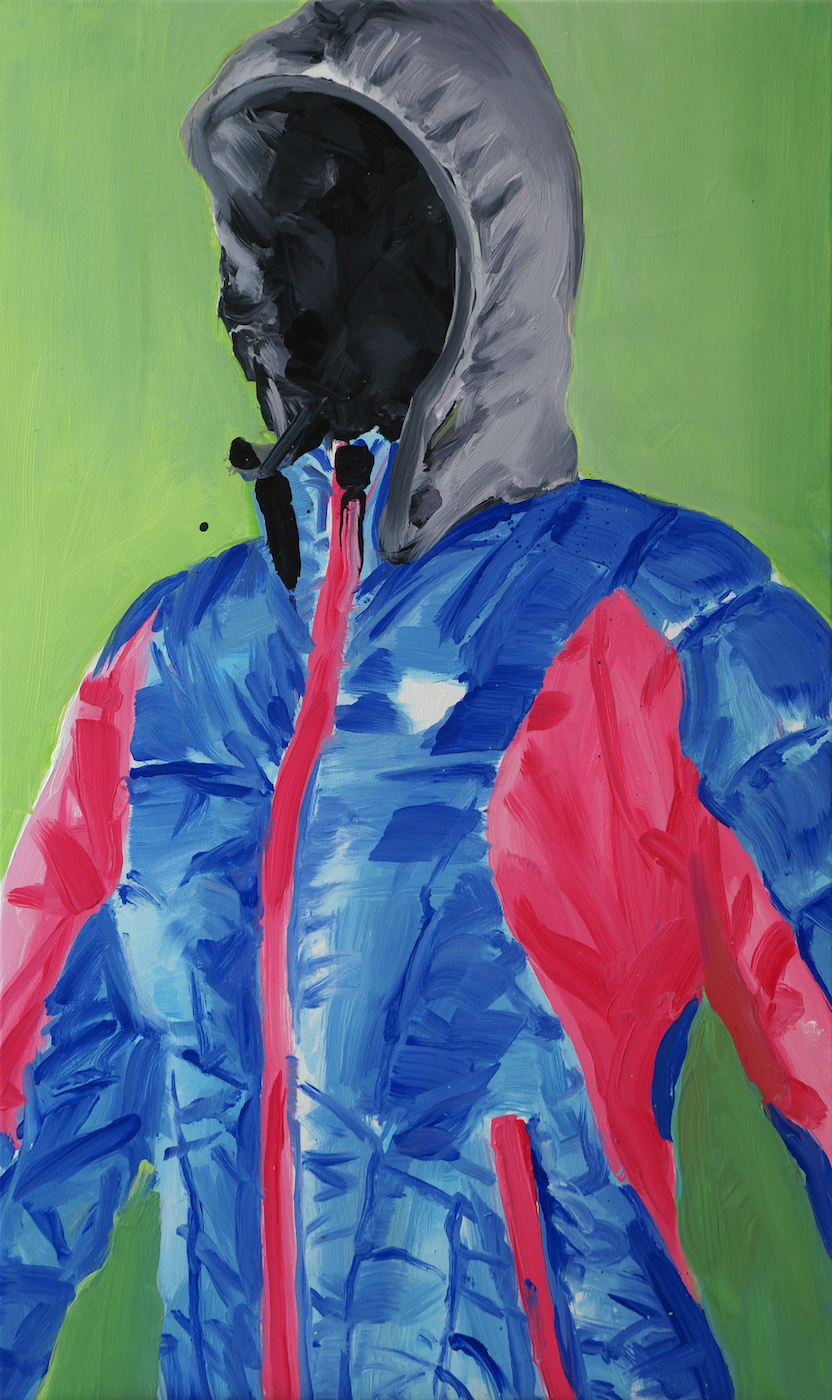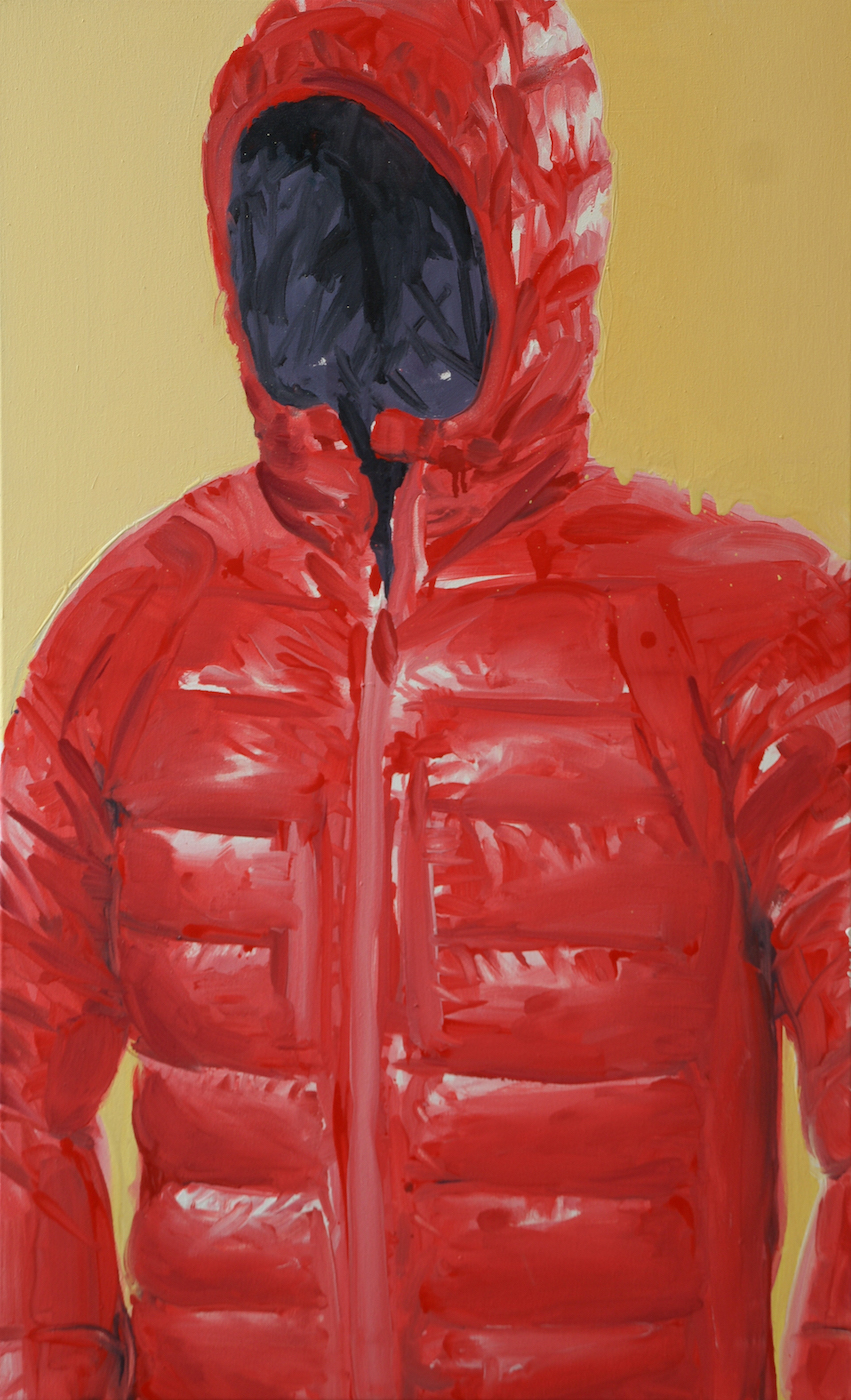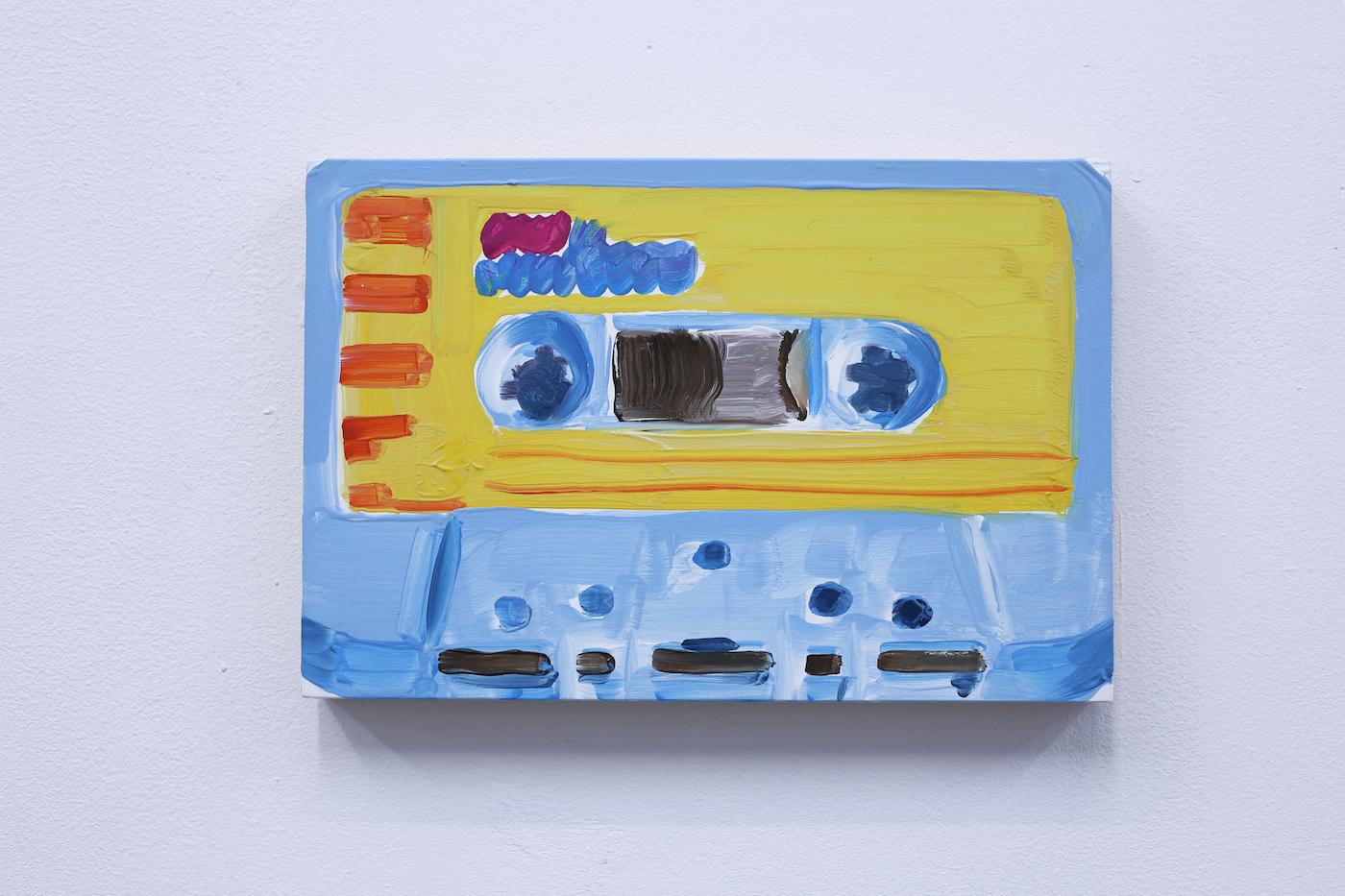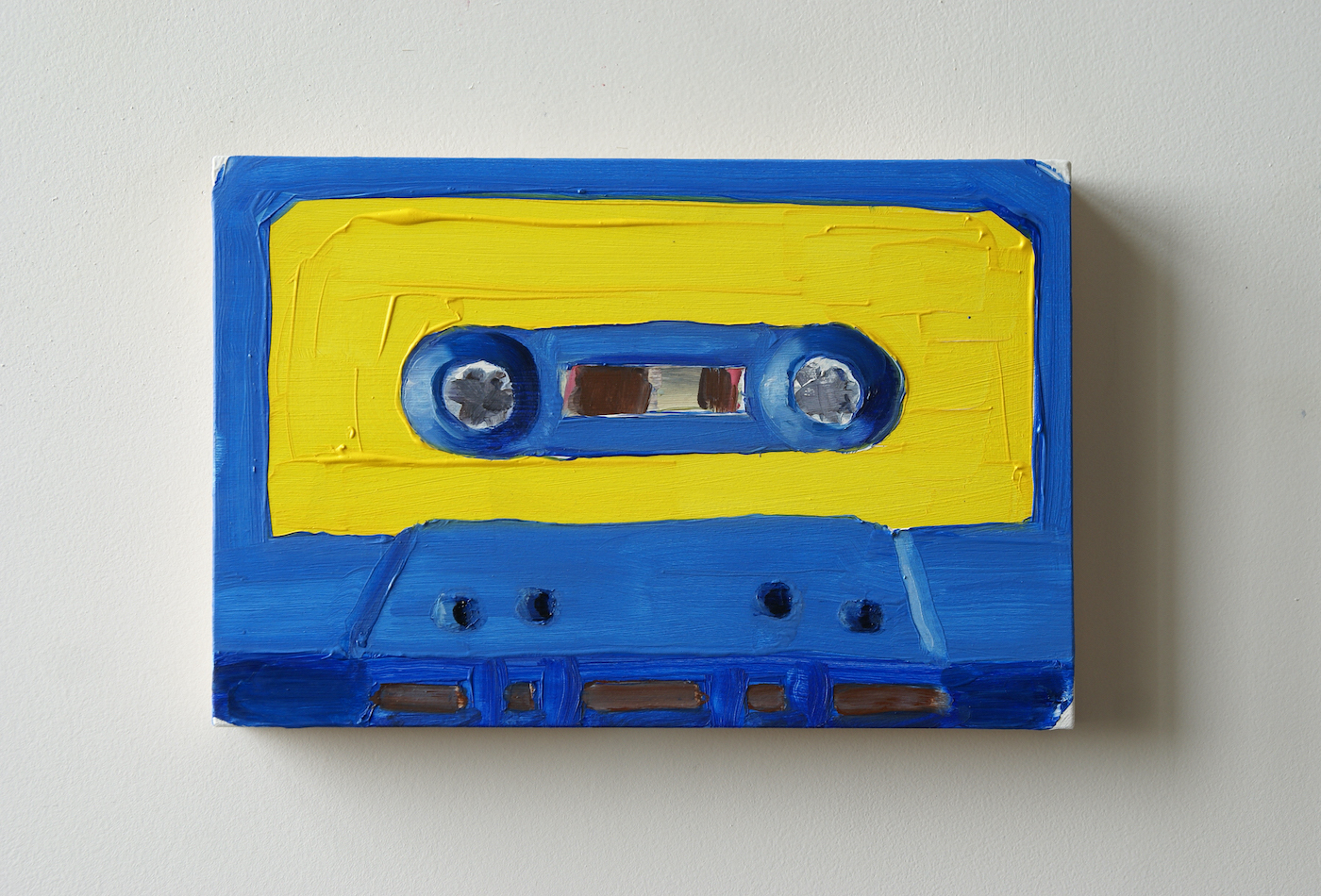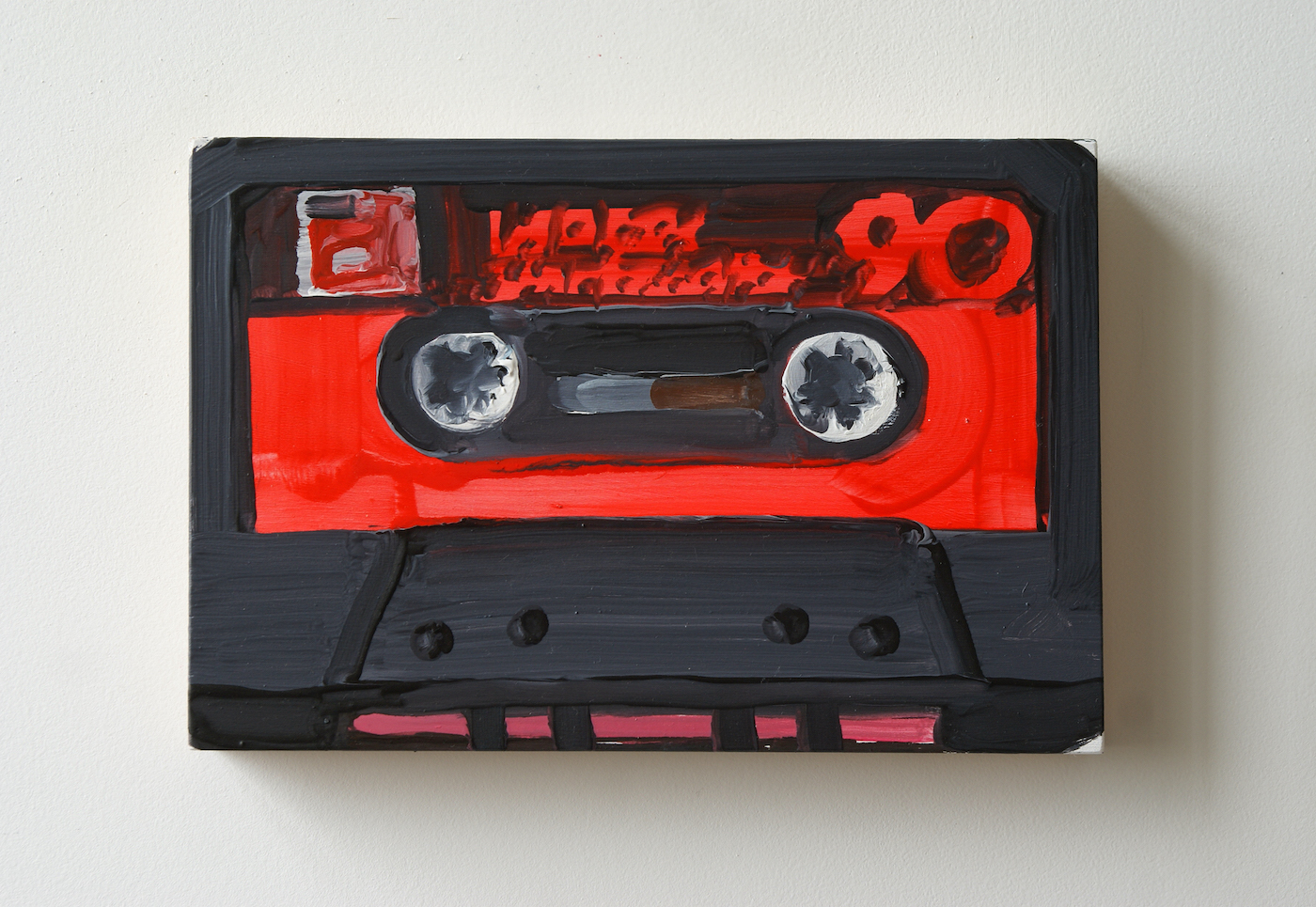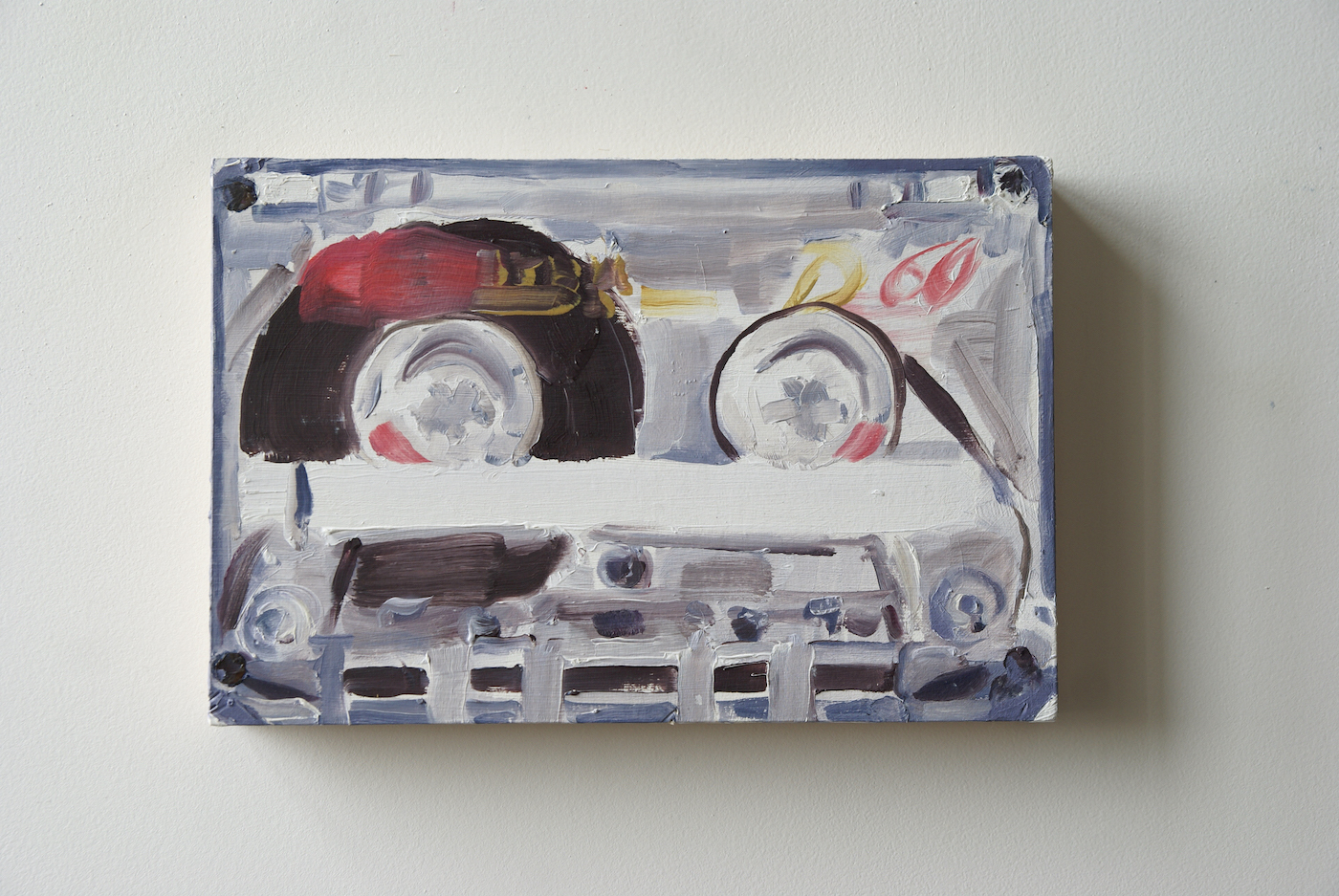Markus Willeke
CV
| * 1971 | in Recklinghausen |
| 1992–2001 | Kunstakademie Münster |
| Lives and works in Berlin |
Grants / Scholarships
| 2016 | Working Grant, Kunstfonds |
| 2009 | Funding of Berlin Senate by Stiftung Deutsche Klassenlotterie |
| 2005 | Artist Award, Gesellschaft für Westfälische Kulturarbeit GWK |
| 2002 | Working Grant, Kunststiftung NRW |
| 2000 | Artist award, Federal Minister for Education and Research „Art students display their works“ |
Solo exhibitions
| 2020 | And if the snow buries my neighborhood, Kunstverein Unna |
| 2018 | Dark Crash Sound, Kunsthalle Recklinghausen |
| Green Blind Ghost Ride, Hengesbach Gallery, Wuppertal | |
| 2017 | Black Rainbow Swell, Rasche Ripken, Berlin |
| 2016 | Rainbow Crash Bloom, Hengesbach Gallery, Wuppertal |
| Medusa, Spazio Culturale, Brescia, Italy | |
| 2014 | Invertigo, Hengesbach Gallery, Berlin |
| 2013 | Das süße Jenseits, Gerisch Stiftung, Neumünster |
| 2012 | Down Down Down, Hengesbach Gallery, Berlin |
| 2011 | Crox 357, Croxhapox art center, Gent, Belgium |
| Tasten nach Wirklichkeiten, Galerie oqbo – Raum für Bild Wort Ton, Berlin |
Texts
Dirty deeds done dirt cheap
Working on fabric, cardboard or paper, and not seldom in unexpected dimensions, Markus Willeke prepares an appetizing menu that in an exquisite and equally pleasurable fashion fathoms the brilliantly coloured shallows of everyday experience and contemporary sensibilities. The iconographic programme of his painting irreverently poaches in the expensively tended preserves of ubiquitous image machines, further pillaging from the simple requirements of daily life. And while, here and there, detail has not been denied to a certain hand-written coquetry, the artist’s eyes are nonetheless constantly set on a more global context. Markus Willeke is neither taken in by the laborious discourse of regurgitated media critique, nor does he seek to undermine cherished perceptual habits simply so he can call a stop, say, to the burgeoning depoliticization of the human gaze. Instead, the monitory finger is lowered and the loosely recorded and delineated facets of our humdrum world are consigned, in spite of their occasionally momentous instruction leaflets, with seemingly carefree ease to their various pictorial surfaces.
Blown up larger than life or rendered in miniature, tragic figures of cinema history, ghostly androgynous beings, scurrilous vehicles, assorted packaging materials and puzzlingly configured arrangements generate a nebulous medley of colour that is held together by the impression of a common painterly necessity intrinsic to each of the depicted objects. But in this, ornamentally sculptural and minimally flat pictorial data intermingle, lending the motifs a compact yet plausible presence lodged somewhere between ephemerality and permanence, between abstraction and figuration; at the same time, they inject these representations with an endearingly sentimental and emotionally touching quality that lingers long after the initial surprise prompted by the very way they are made. But even if his artistic procedure is the same throughout, this should not be confused with mechanical strategic conjugation, an artistic approach which, as we know, all too often aims simply to elicit superficial effects before descending into tedious routine. Rather, what captivates in his work is precisely the seemingly experimental but meticulously calculated balance between depiction, format, image surface and choice of media, a constellation that constantly reassesses the image’s location while simultaneously dislocating it in the accelerated process of the image’s execution.
Whereas, for all their apparent similarity, his earlier works tended more towards a narrative style, his most recent pictures predominantly signal a radical simplification. Paradoxically, this
Vladimir Sorokin: Blue Lard, published by DuMont, Cologne, 2000
imbues the paintings with an astonishing degree of precision and old-masterly perfection reminiscent, in a broader sense, of Baroque trompe l’oeil effects or ready-mades. Yet this impression is, as it were, subjectively undermined by the artist’s carefully charted reduction of his means and subjects; it is above all the very lack of visual information that unleashes a cascade of fertile associations. Thus, the spooks of the TV circus, captured physiognomically or in silhouette in watery colour on the pictorial surfaces, have departed from the cut-out (film-) sets; the protagonists have abandoned the arena and only their ‘spirit’ still appears to be echoing diffusely from the ring-side seats. But in spite of have passed straight through them, he has precipitated almost no convulsions whatsoever. Yellow cordon tape, the kind used at violent crime scenes in the US, runs endlessly along the walls. Windows and doors nailed up with planks, daubed with the warning ‘Keep Out’, and a brashly green- yellow painted wooden fence tower up unwelcomingly before the viewer. A red sign on the fence offers the terse information ‘Beach Closed’ – as if the shark attacks from the previous day had now put an indefinite end to the pleasures of surfing.
The fact that these thin-skinned barriers both naively promise protection from external threat and, at the same time, provocatively impede the much yearned-for passage into whatever lies beyond them, touches in an altogether unpretentiously charming manner on the problematic crux of all painting. Sustained since Zeuxis and Apelles, Antiquity’s legendary idols of the scene, the virulent relationship between the space occupied by the image and the space occupied by the viewer, between representation and the represented object, between form and content, has in a playful manner developed into a pictorialized option, which in its almost corporeally conveyed irredeemability now poses a brain-racking challenge. But a palliative is quick to come by, administered in the shape of monumental, perspectivally assembled packets of pills – although these are assimilated too superficially with their presentational medium for one to actually manage to get hold of them. Not least if all, they lack all evidence of their content.
But for those who are undaunted by possible side effects and risks, the paintings by Markus Willeke – individually or in their sum – open up a fascinatingly contemporaneous world (view). Irrespective of the widespread need for comforting half-lives, these works invite the viewer to linger and contemplate in pleasure, in spite of – or precisely because of – the speed at which they were created. As a reward we are lured by the visual enjoyment of sharing both in the ingenuity and the simplicity of these paintings, even if, beyond what we thereby understand about the limitations of our individual scope for action, the insights we gain prove to have relatively little depth – indeed, just as in real life: what you see is what you get!
Marcus Lütkemeyer

